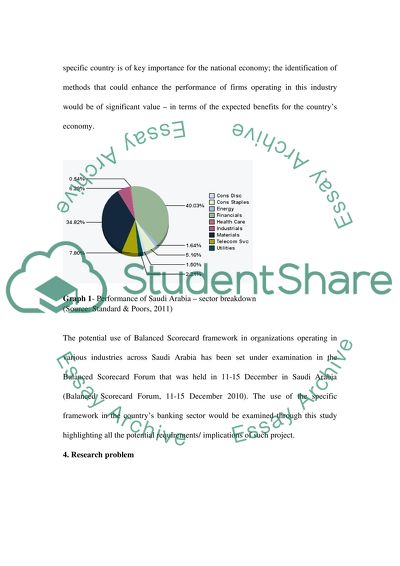Cite this document
(“THE EFFECTS OF THE IMPLEMENTATION OF THE BALANCED SCORECARD (BSC) ON Dissertation”, n.d.)
Retrieved from https://studentshare.org/gender-sexual-studies/1406494-the-effects-of-the-implementation-of-the-balanced
Retrieved from https://studentshare.org/gender-sexual-studies/1406494-the-effects-of-the-implementation-of-the-balanced
(THE EFFECTS OF THE IMPLEMENTATION OF THE BALANCED SCORECARD (BSC) ON Dissertation)
https://studentshare.org/gender-sexual-studies/1406494-the-effects-of-the-implementation-of-the-balanced.
https://studentshare.org/gender-sexual-studies/1406494-the-effects-of-the-implementation-of-the-balanced.
“THE EFFECTS OF THE IMPLEMENTATION OF THE BALANCED SCORECARD (BSC) ON Dissertation”, n.d. https://studentshare.org/gender-sexual-studies/1406494-the-effects-of-the-implementation-of-the-balanced.


